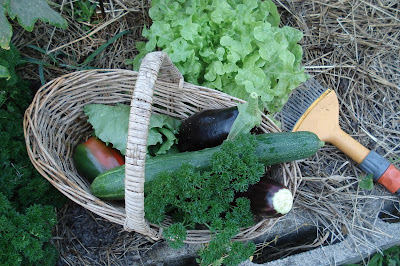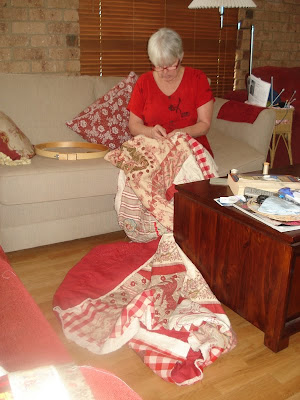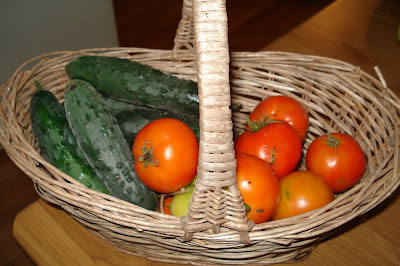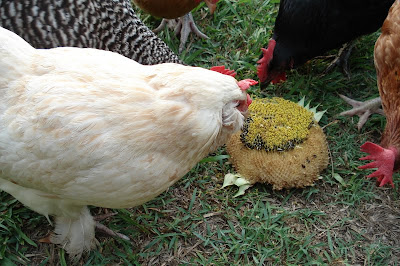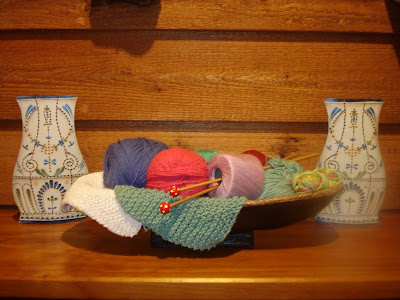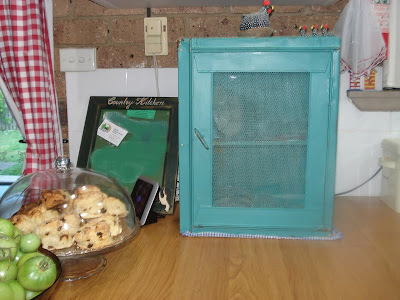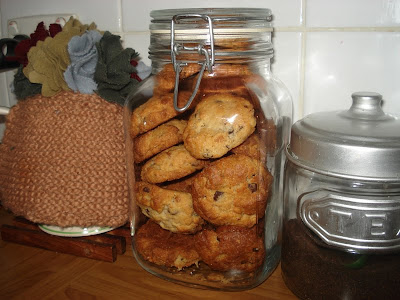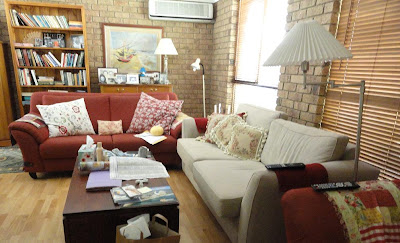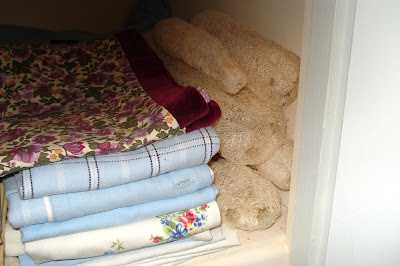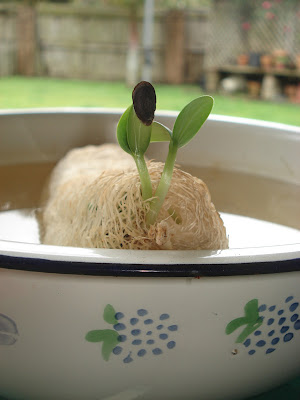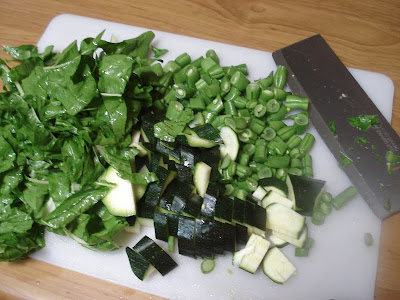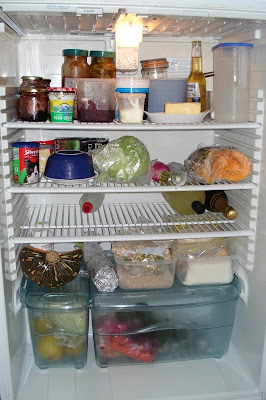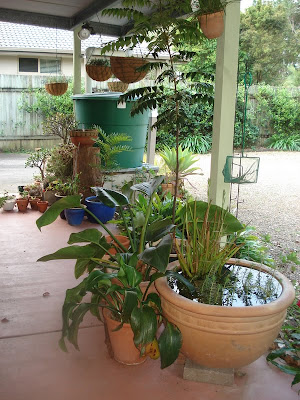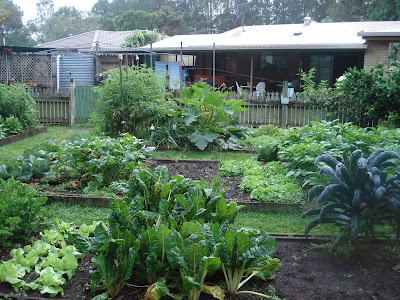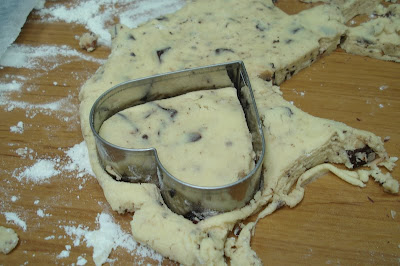Almost all through history, each generation has benefited from the one that has gone before it. What was left behind was built upon by the new generation and in doing that, improvement was constant. But it looks like that will stop, that our grandchildren will be paying for our excesses and that they will inherit a world quite different to that we grew up in. There is a call now for all of us to consciously strive towards a more sustainable future and there is much more emphasis now on green technology, conservation and environmental management. But unless all of us work towards a sustainable future, and change our mindset to be conservers instead of consumers, progress will be slow.
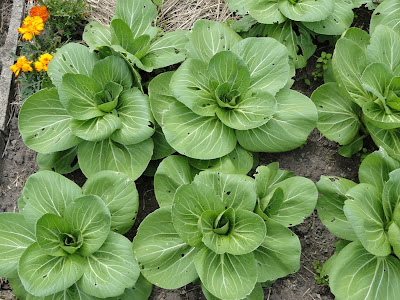
Switching to a more simple way of life will naturally incorporate sustainability. Living simply will make you greener, more frugal, sustainable and healthier if you let it. And if you reap the benefits of frugality and pay off your debts, the banks will have to pass back the keys to your life and you'll be in the driver's seat.
If we all become more sustainable - in every aspect of our lives, we will help lessen the burden our grandchildren will inherit. Sustainable living shouldn't be that difficult, it's many small steps, new ways of understanding and behaving, and supporting our family and friends in their own efforts towards what I hope will become the new normal. Over the next week or two, I thought it would be helpful to go through the home, room by room, and list what has become commonplace as well as what we'd like to incorporate. Please add your own lists to the comments. I think it will be extremely interesting to see just what has already happened, and what is planned in the near future. Reading the lists may also give all of us ideas for what is possible.
 Let's start outside first - that place of production and growth - the backyard, or farmland, or balcony, or front steps. Whatever it is you call your outside area, let us know what you've changed there to be more sustainable.
Let's start outside first - that place of production and growth - the backyard, or farmland, or balcony, or front steps. Whatever it is you call your outside area, let us know what you've changed there to be more sustainable.This is us:
When we first moved here 13 years ago, we:
- Installed a water tank.
- Installed solar hot water.
- Put in a vegetable garden.
- Planted fruit trees.
- Made a compost bay.
- Bought our newest flock of chickens - five little beauties.
- Built a worm farm.
- Use only organic methods.
- Made our own fertilisers.
- Bought more chickens and made sure they were heritage breeds.
- Grew feed for the chickens.
- Grew heirloom, open pollinated seeds and saved seed for the following crops.
- Built shade tunnels for summer growing.
- Put up fences - not only on the boundary line but also in the backyard around the garden and to enclose the area close to the backdoor to keep the chickens away.
- Continued our vegetable garden almost all year through every year. We improved our soil from the original clay to the dark rich soil we now enjoy. That garden gave us organic vegetables when we rarely would have been able to buy them.
- Built, and then sold, an aquaponics system that grew fish and vegetables in the same system.
- Installed another, larger, water tank giving us the capacity to store 15,000 litres of rainwater. We cut our water consumption in half, then in half again.
- Learned to recognised the birds that visit our garden.
- Recorded rainfall.
- Put out birdbaths full of fresh water for the visiting birds.
 And that is where I believe the important part of sustainability comes in for all of us. This is not an exercise on self congratulations. We don't sit back satisfied with what we've already done, we keep working towards new and better ways, we keep improving what we do, we keep doing it ourselves as well as encouraging others; we do as much as we can for as long as we can. And yes that is a lot of hard work at times but doing nothing is no longer a viable alternative.
And that is where I believe the important part of sustainability comes in for all of us. This is not an exercise on self congratulations. We don't sit back satisfied with what we've already done, we keep working towards new and better ways, we keep improving what we do, we keep doing it ourselves as well as encouraging others; we do as much as we can for as long as we can. And yes that is a lot of hard work at times but doing nothing is no longer a viable alternative.What have you been working on?

